I flew 10-hours with Bowers & Wilkins' new Px7 S3 headphones – the ANC is so much better
The Px7 S3 headphones deliver B&W's best-ever noise-cancelling
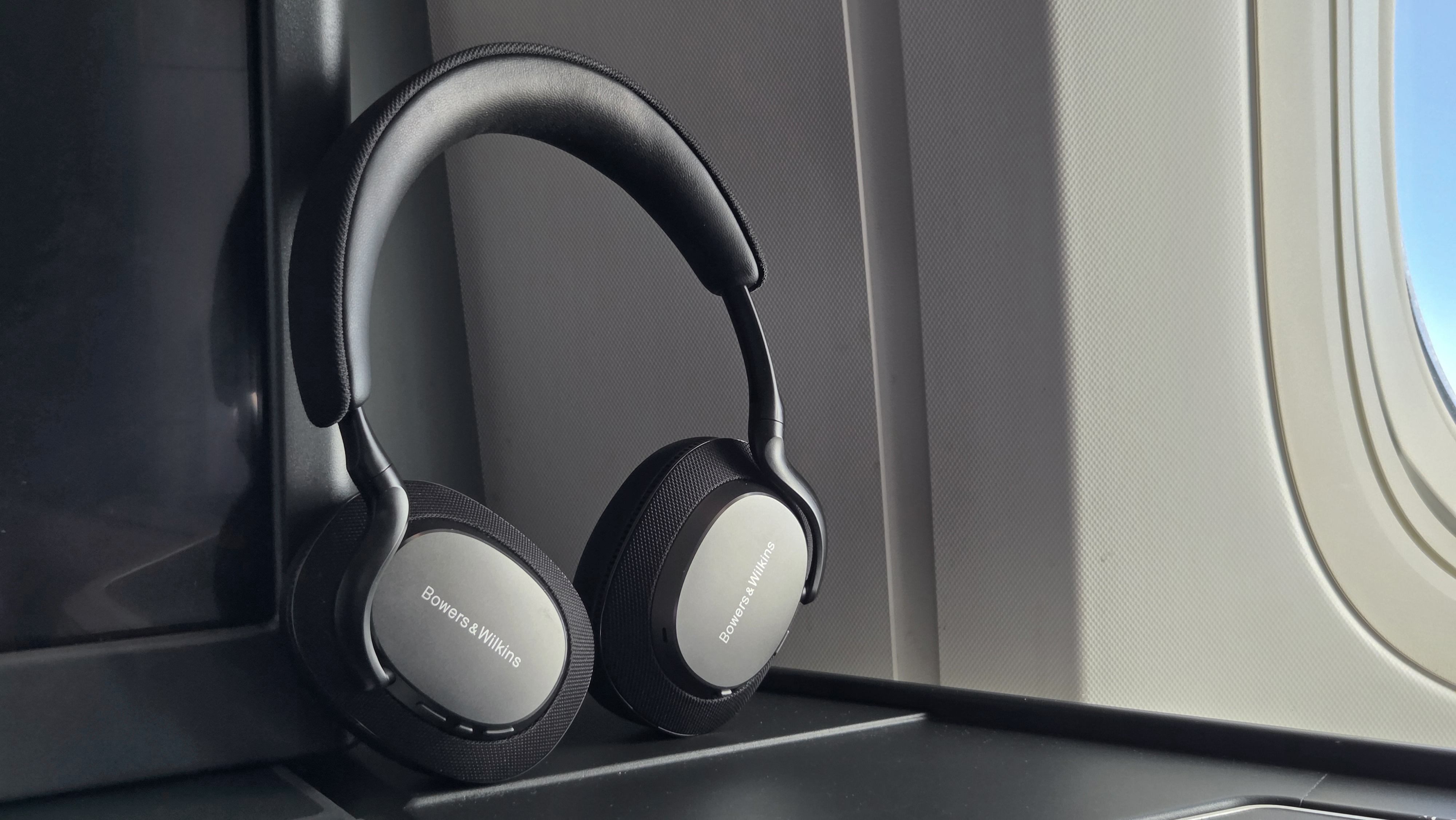
I've been testing the best noise-cancelling headphones for over a decade, so I'm au fait with what's what when it comes to the best headphones for travelling (because I do that a whole lot, too).
Quite honestly, however, Bowers & Wilkins has never been high up that particular list – owed to, let's just say, 'gentle' active noise-cancelling (ANC) effectiveness. That is until now, anyway.
In the brand new Bowers & Wilkins Px7 S3 over-ears, the brand has reimagined its ANC, upgraded the design with a new slimmer profile, while still delivering the brand's de facto exceptional sound quality.
It was almost serendipitous, therefore, that – quite literally hours before my flight from London to Los Angeles – I attended a private meeting with the brand in early April and got to take a pair of the headphones away weeks ahead of the official reveal.
Since that date, I've been testing the Px7 S3 non-stop, including on long-haul flights (some over 10 hours long), and everywhere else in between – from public transport to my home office. And it's clear to me that these headphones' ANC is a vast improvement over the previous S2e model.
So, has Bowers & Wilkins finally entered the competitive fray against the likes of Bose's QC Ultra Headphones and Sony's WH-1000XM5? Yes, it most certainly has. Here's my experience of the Px7 S3 over my long-haul travel excursions, as part of my fortnight of daily use.
Much-improved noise-cancelling
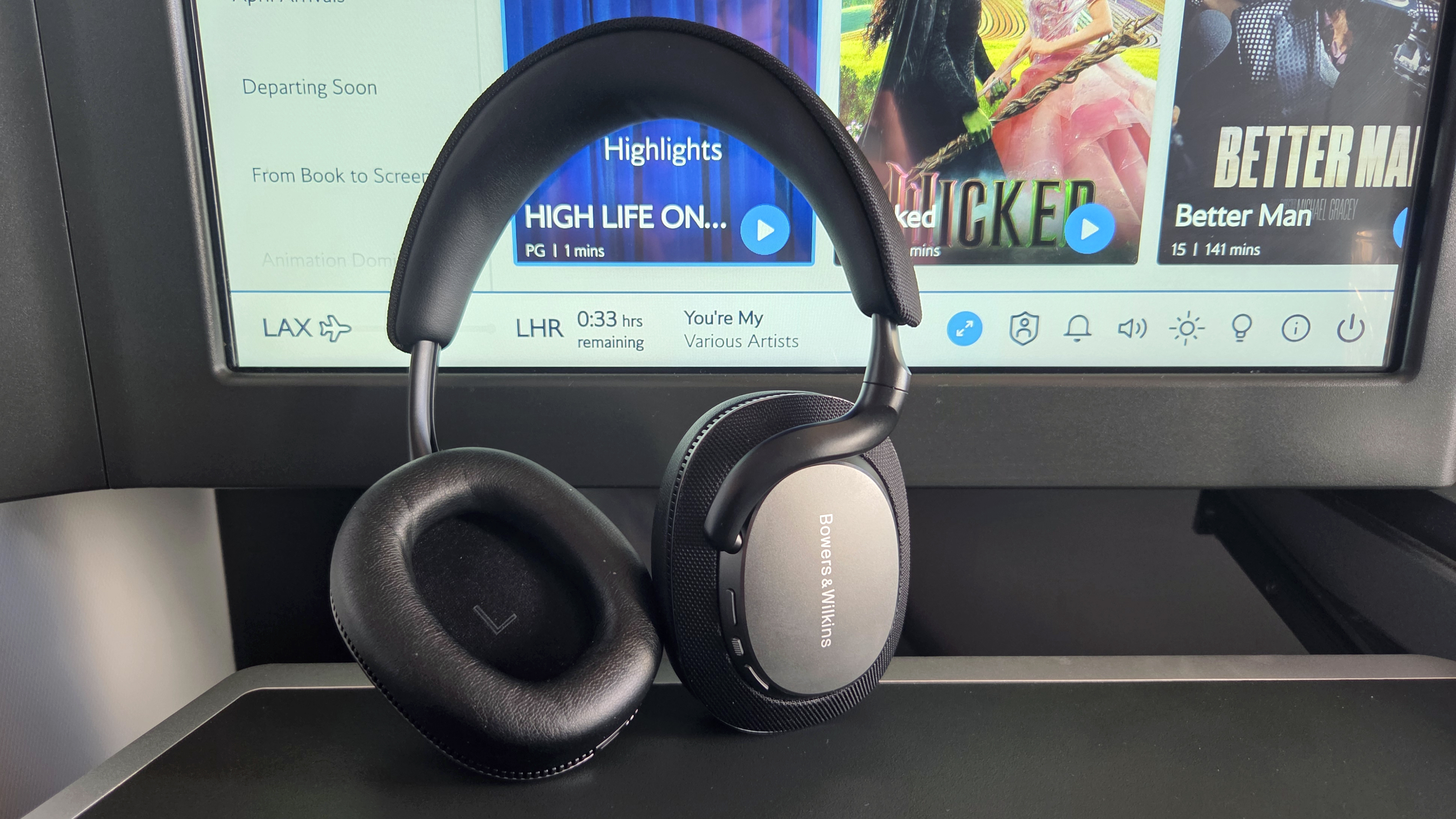
For active noise-cancelling (ANC) to work most effectively it needs microphones. That's because to cancel noise out you need, quite literally, a reverse of the waveform to be fed head-on to neutralise the sound that you wish to blot out.
Sign up to the T3 newsletter for smarter living straight to your inbox
Get all the latest news, reviews, deals and buying guides on gorgeous tech, home and active products from the T3 experts
In the earlier Px7 S2e headphones, there were fewer microphones. But in the Px7 S3, there's been a big upgrade in the number of mics – one front-positioned listening to the outside world, shielded by the 'annual guard' design to avoid wind tear and suchlike; a second catering for the rear field of vision; plus a pair of mics internal to the earcups.
That increase means there's more audio data to drive better ANC. But Bowers & Wilkins has also made a clear decision to improve the intensity of the feature too – and, I must say, it's now considerably more capable, able to block out a plane's 'hissing' white noise from the airflow, plus much more besides.
Indeed, it's the first time I've worn Bowers & Wilkins headphones consistently for long-haul flights, as it's been more than adequate – and I say this having travelled with my Bose QC Ultra Headphones also packed in the bag. That in itself should be telling – it feels like Bowers has finally arrived.
The ANC options are simple: 'off', 'passthrough' or 'on' – each easily cycled through by pressing the control button on the right earcup's exterior. Personally, I think more control should be available, as I find the passthrough option heightens external ambient noise to excess, and a user-tinkerable preset option withint the app would be hugely welcome.
It's a very different take for Bowers & Wilkins, though, so it somewhat surprises me that it's made it into this particular headphone series. Previous users who loved the earlier ANC's subtlety may actually like this new version less.
However, I'm confident that the vast majority will find this ANC a big upgrade. I just ponder, however, if it should have been reserved for a whole new headphones product line/name is all, to upsell the ANC's ability yet further.
A slimmer profile
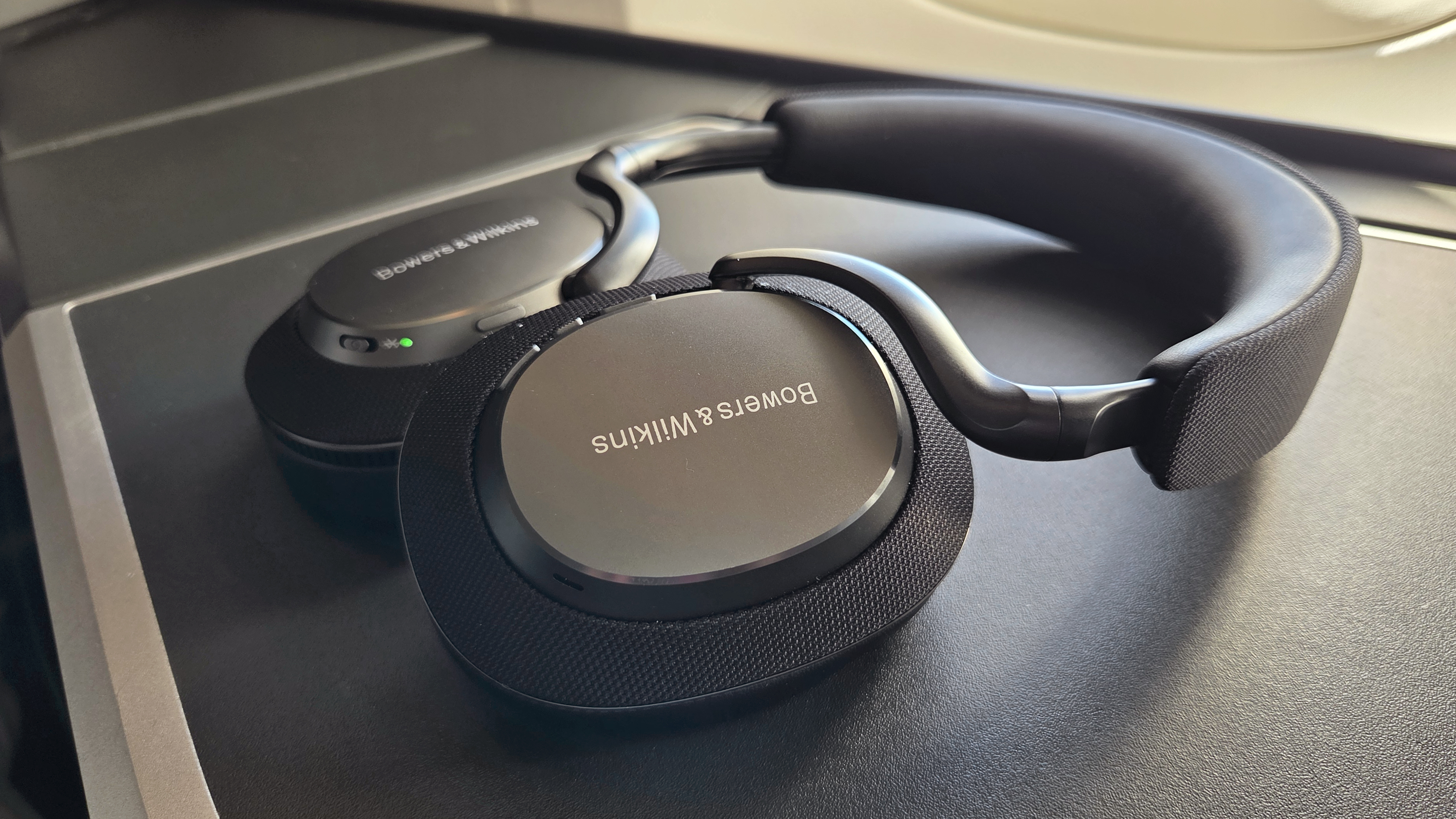
Personally, I've never found Bowers & Wilkins' headphones too large or cumbersome. The Px7 S2e were nice and comfortable for my unusually large cranium (seriously, finding cycling helmets is such a pain), so I wasn't expecting a redesign to be forthcoming with the updated model.
But that's exactly what's happened in the Px7 S3: the new design is slimmer, given the redesigned arms that hold the earcups, which means a 'flatter' case, easier for packing scenarios – exactly what travellers will want from their ANC headphones.
In general, this new redesign is great. It certainly looks smart, as you can see from my pictures on this page. And with new colours available – Anthracite Black (as per my pictures), Indigo Blue, or Canvas White – there are other sharp-looking options should you prefer. I'm so here for the black finish though, as it's a classic look.
In terms of fit, the Px7 S3 feel gentle, as they don't pinch too hard, but they can therefore move around a touch. And as the across-the-ear positioning is integral for the sound profile here, each minute movement will adjust the audio that's reaching your ear canals – so that can have some impact on the listening experience.
Comfort is key, though, and there's no doubting that in the Px7 S3. I've worn these cans in the 25C sunshine in LA and not found myself pouring sweat as a result (well, no more than usual). The vegan leather (PU) finish of the earcups and headband are resistant, easily wiping clean.
I've even worn the headphones for sleep – I always do so during long-haul flights – and didn't find them to imprint too firmly into my skull. That slimmer profile has its benefits in this regard, so if you're like me then you'll find this another travel benefit.
Superb sound quality
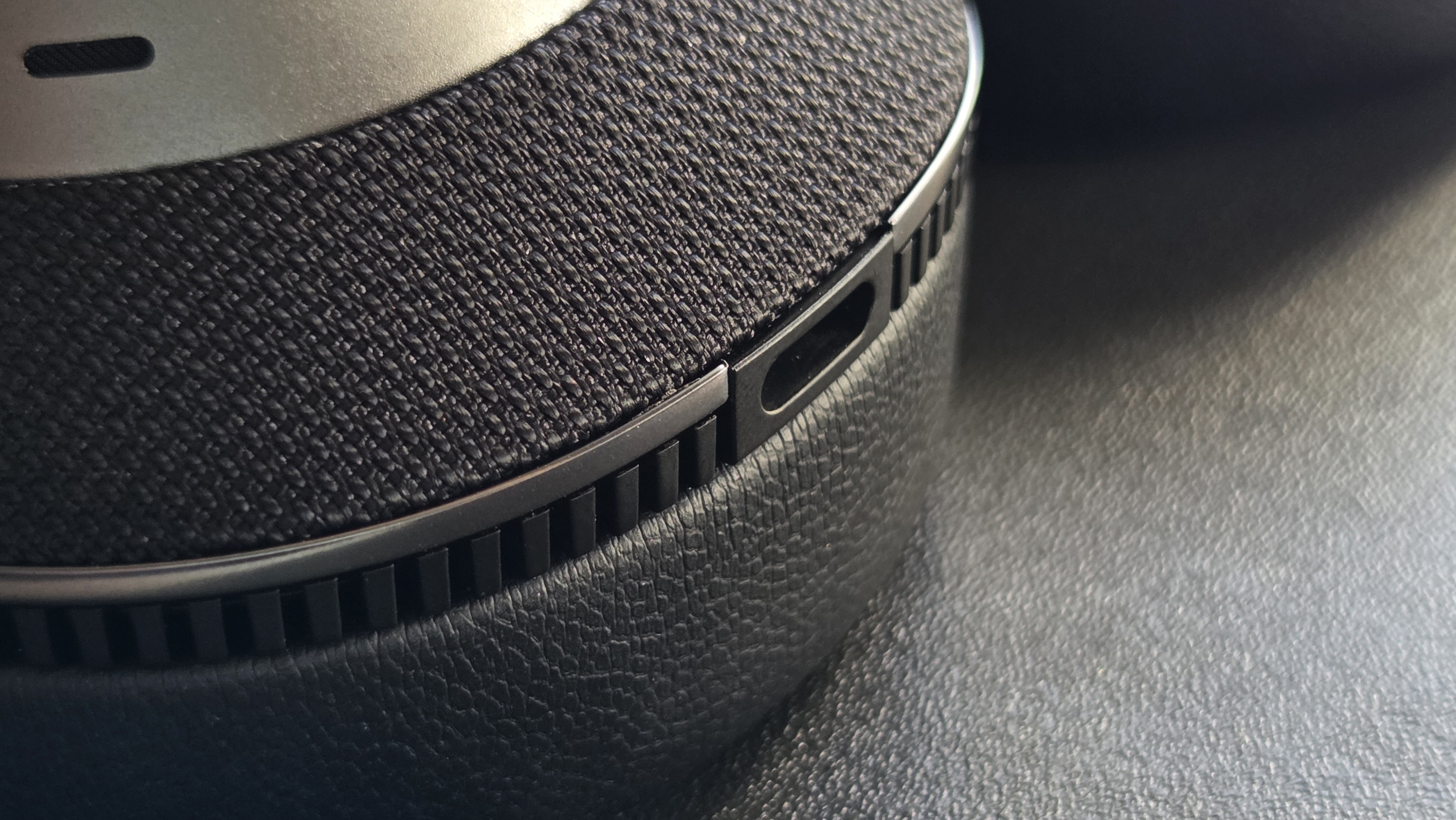

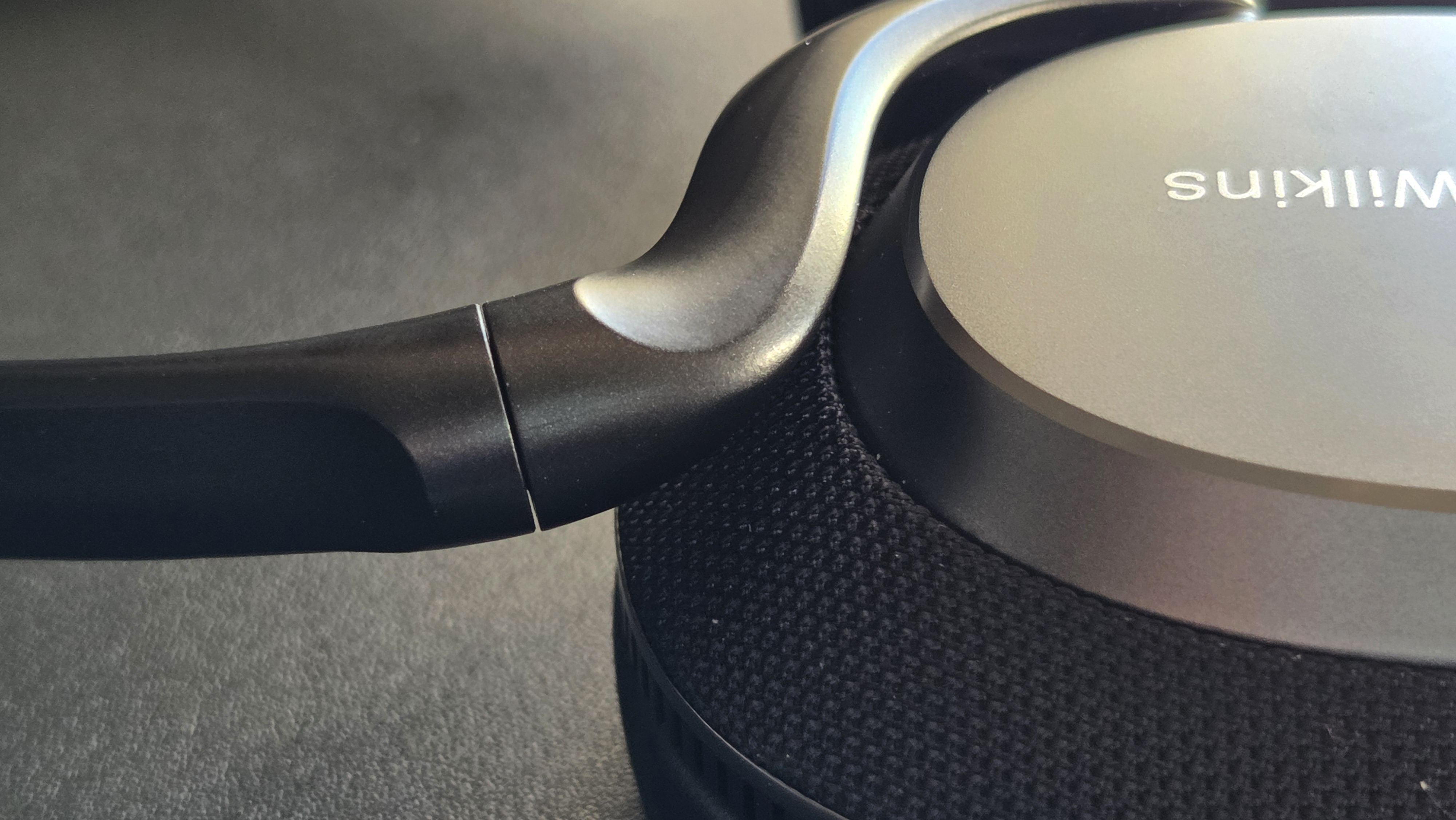
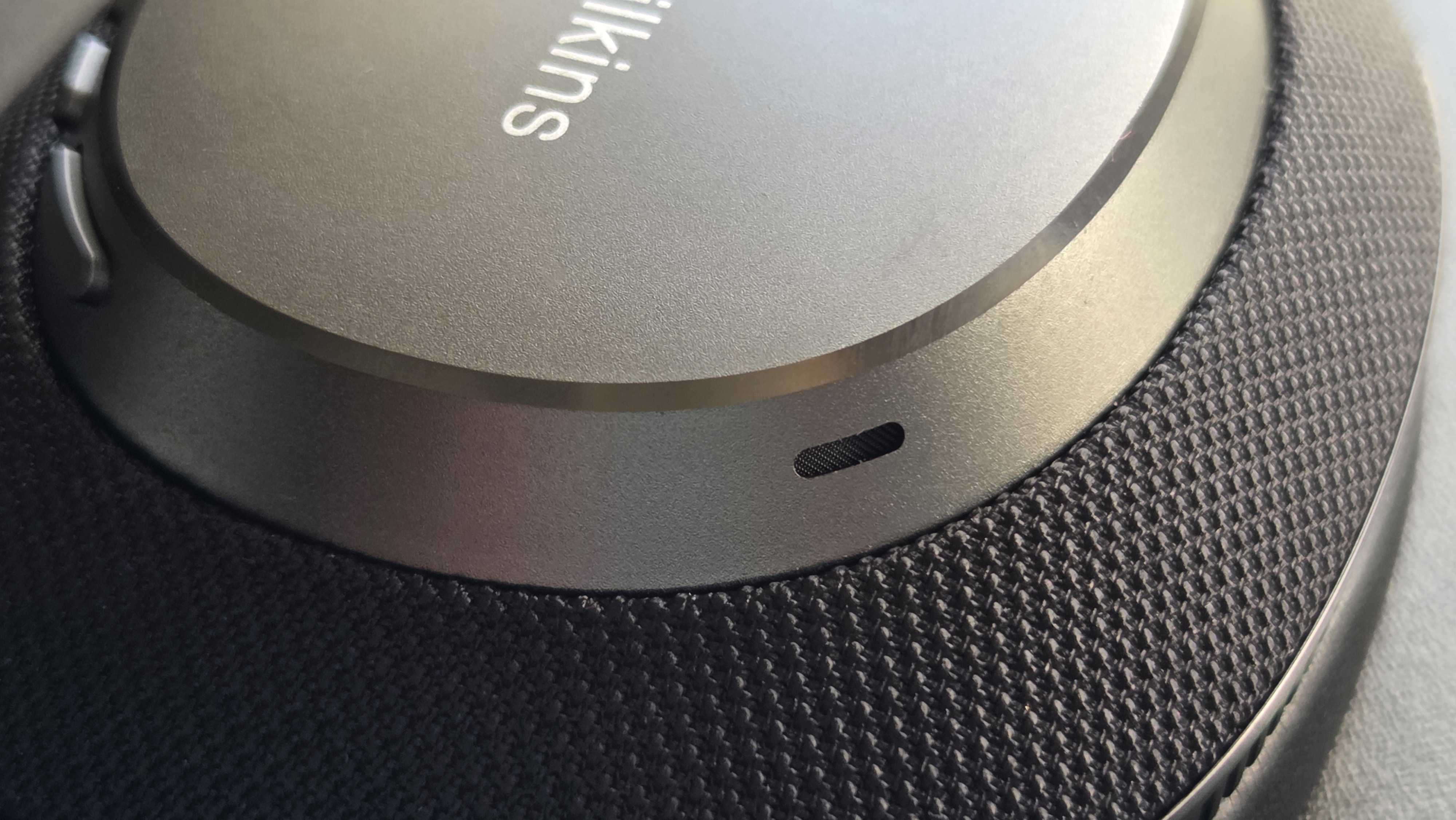
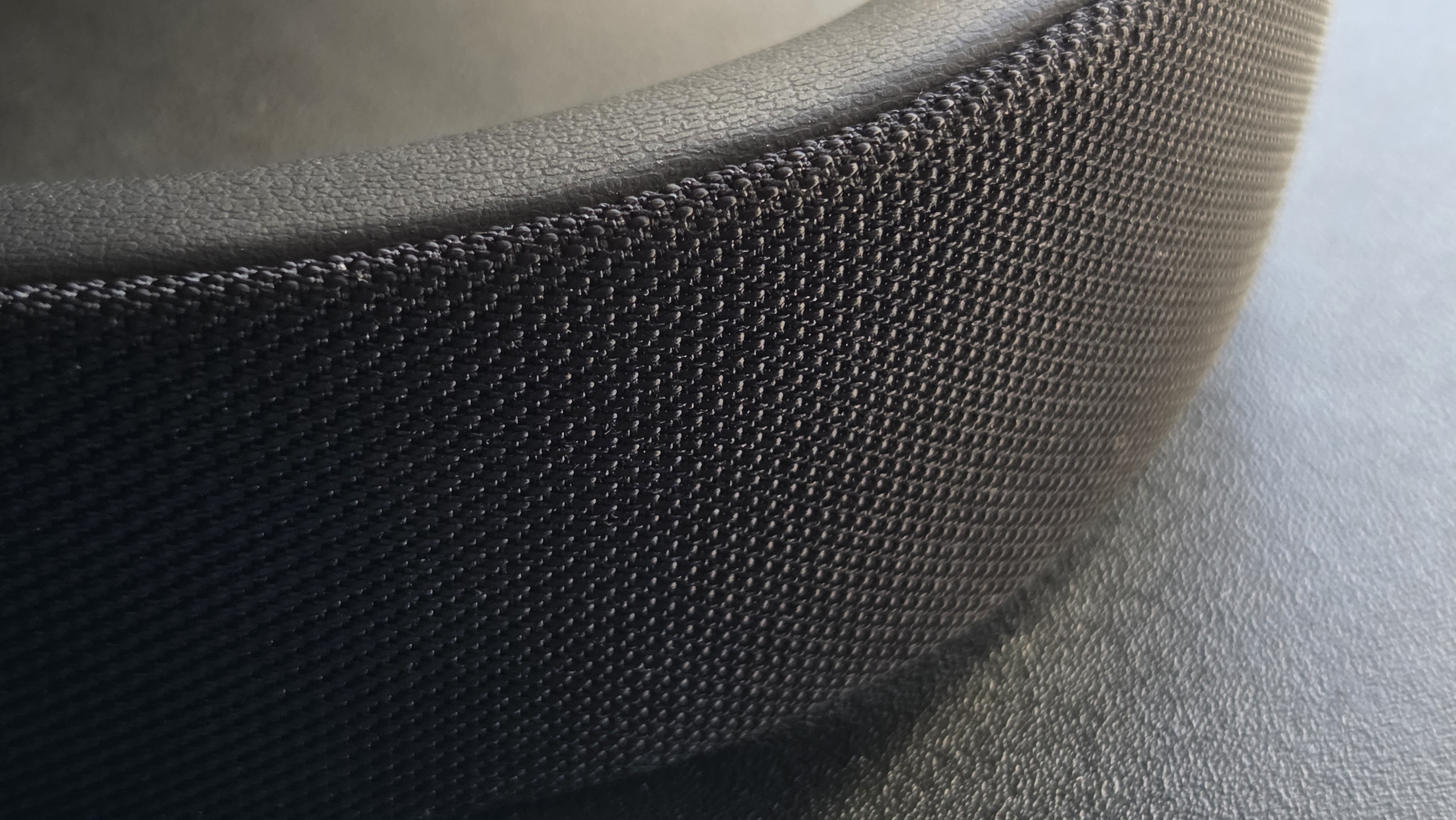
Thanks to a new Qualcomm chip onboard, the Px7 S3 are bang up to date when it comes to audio quality, too. Here, that means the aptX Adaptive codec up to 24-bit/96kHz (lossless) to cater for high-quality sources.
Not everything delivers at such quality, of course, so you can rule that level out if you're using one of the best iPhones or, indeed, many of the best Android phones – but some, such as Google's Pixel devices, can deliver.
Even so, with streaming – and I've been using the AirFly 2 Pro in tandem for the flight factor, which also supports aptX Adaptive – from any source, the sound quality is assuringly epic. The bass booms, yet is well controlled, delivering a big and fulfilling sound.
The high-end frequencies can be on the cusp of sibilant, however, which would be my main criticism – but that has depended on the source for me. It's entirely likely that the various stages of volume controls from an in-flight entertainment system and poor 3.5mm socket are to do with that.
The Px7 S3 use new processing, intended to not overload the chip – and this, Bowers says, makes for better low-volume listening. During my on-board sleep cycles, where I lower the volume considerably (kinda obvious, right?), the quality has remained top notch – for the brief period I've noticed, anyway, before nodding off into la-la land.
Overall, then, there's no question over the Px7 S3's audio authority. The brand is synonymous with sound, from its loudspeakers to wireless speakers and headphones – and the Px7 S3 might even edge my Bose QC Ultra Headphones in this department. It's an impressive listening experience.
There's yet more to come
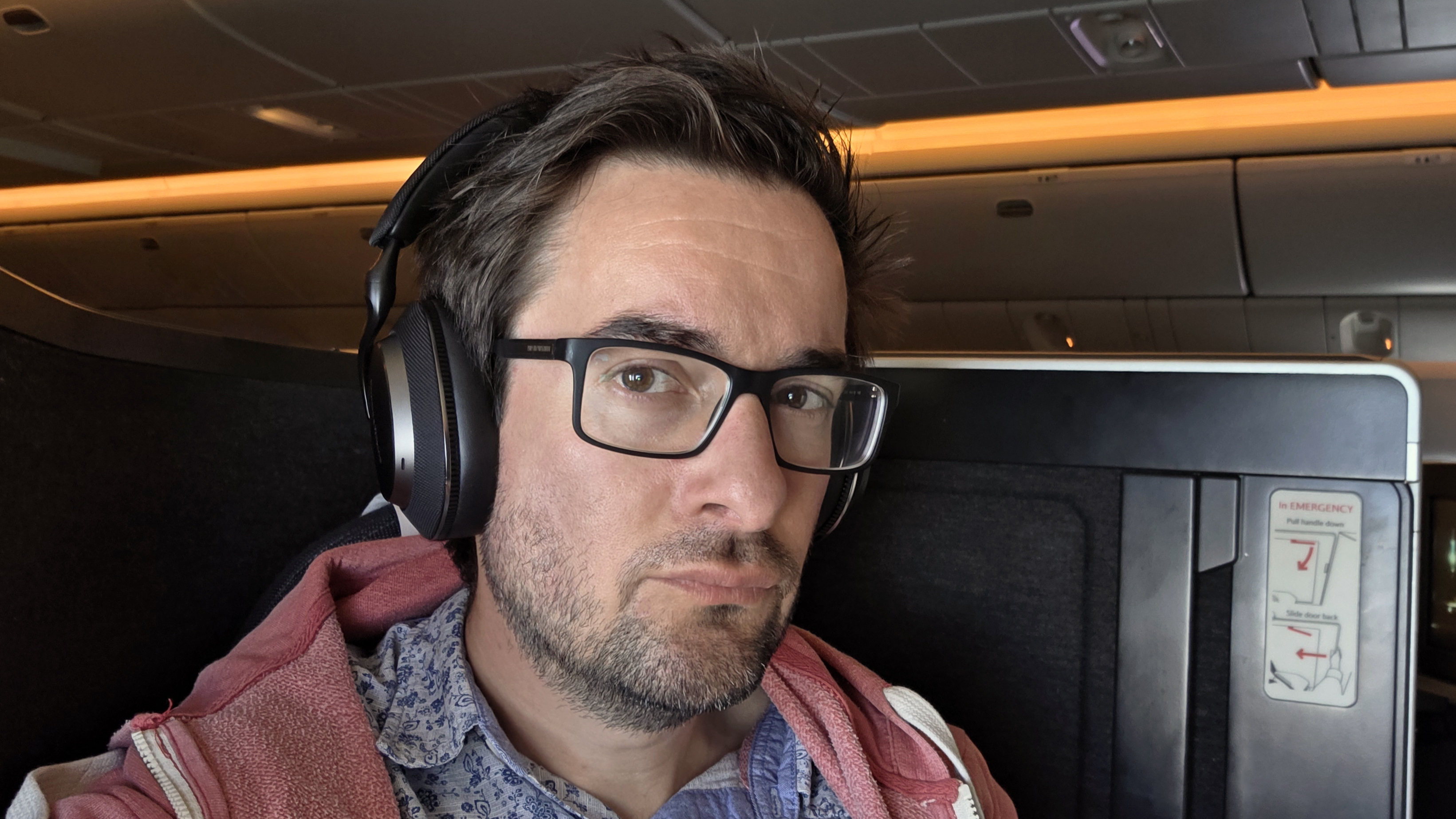
Interestingly there's even more to come. The Px7 S3 will also feature three-dimensional audio – or spatial audio, if you prefer to call it that – at a later date.
The obvious bugbear with that is that the timing – it's won't be available at launch. Bowers & Wilkins reckons it'll be available via an over-the-air (OTA) update come September time though.
While I'm excited for that additional feature, I'm a little perplexed that the headphones' launch wasn't postponed until the feature was fully available. It'll be quite a big sell for some, especially those considering, say, Bose or Apple instead – where the feature is fully functional already.
It's not as though I needed spatial audio on-board my long-haul flights, granted, and I'm yet to see how Bowers & Wilkins will approach the format – as the brand is undergoing its own work on this, rather than using any kind of off-the-shelf package.
There's the risk of delay in its deployment, of course, but I'm pleased to see Bowers & Wilkins embracing the future and prospective customer demands. That marks the Px7 S3 as quite a new-world departure for the brand – but all the better for it.
Physical buttons won't be for all
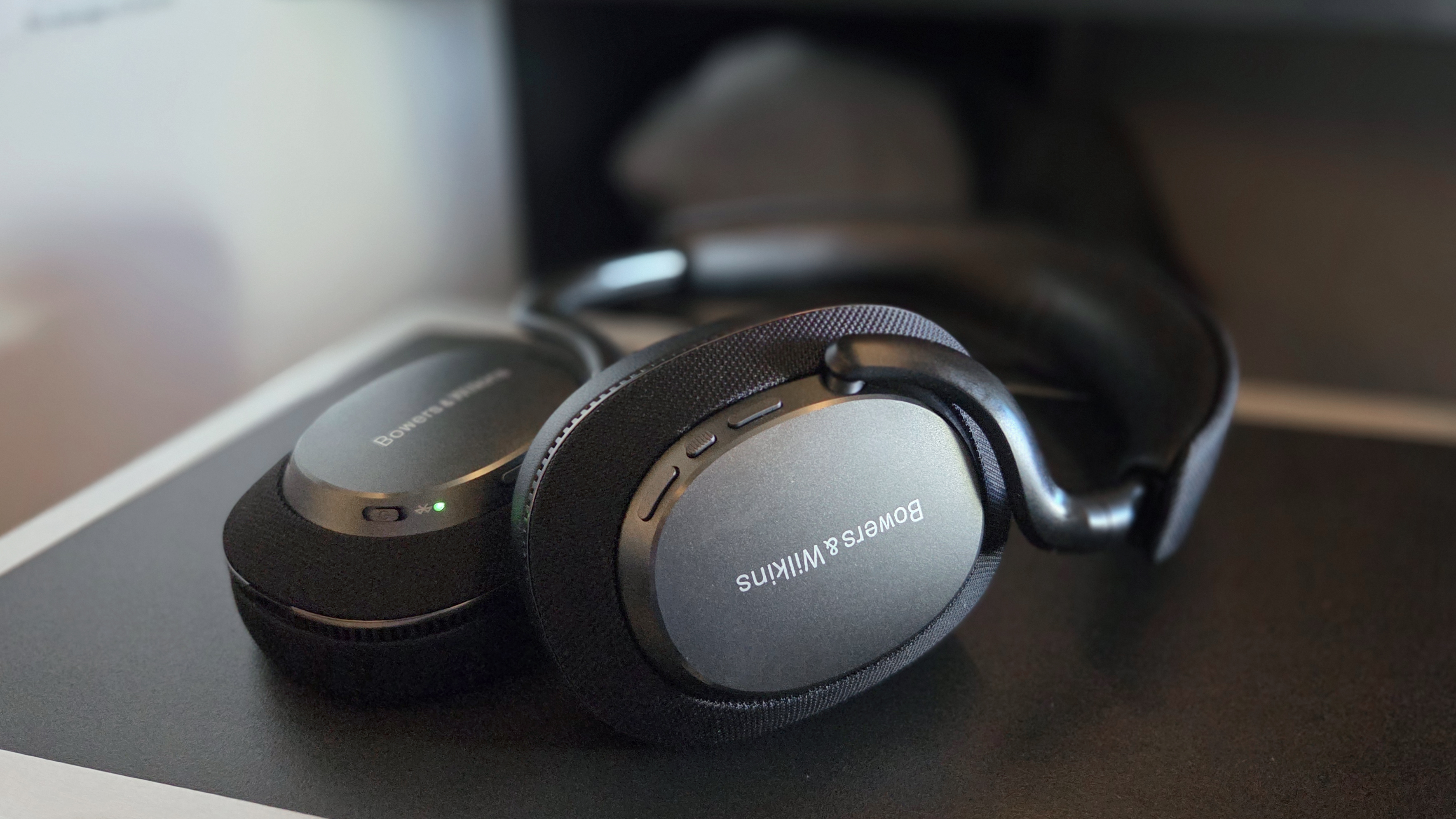
My final comment for this in-flight Px7 S3 review is to note that on-device buttons still feature. There's no touch-activation or swipe-based controls, which some might prefer.
Personally, I quite like the tactile functionality – it's easy to find the on/off slider for ANC, above which on the right earcup is a button to cycle through modes. The left earcup houses volume up, pause/play, and volume down separate buttons, so it's easy to differentiate between all controls.
Unrelated, but still an initial bug that I found, is the auto-pause feature – activated when you remove the headphones from one ear, or both – can be easily fooled, it seems. When I was trying to sleep in-flight, slight positional shifts irritatingly activated this pause feature, despite the headphones still being over my ears.
Furthermore, I found some oddities with the ANC sometimes shifting between modes – passthrough versus off, for example – without my touching any buttons. This seemed to occur during descent primarily, so could be cabin pressure related.
While I couldn't isolate or determine why this was inconsistently occurring, I must note that other headphones can suffer similar when, for example, they're physically knocked. Hit the Bose QC Ultra Headphones, for example, and the sound jogs the ANC mode out of being active, even if for a few seconds only.
Nonetheless, minor foibles aside, my experience wearing Bowers & Wilkins' latest headphones whilst in-flight has confirmed a huge upgrade in the ANC and design.
I think the Px7 S3 over-ears mark a significant step forward, an opening into a prospective wider market, and a generally positive move forward for the brand. Perhaps they should have been called something else, but irrelevant – the third-gen Px7 are a major audio charm.

Mike is T3's Tech Editor. He's been writing about consumer technology for 15 years and his beat covers phones – of which he's seen hundreds of handsets over the years – laptops, gaming, TV & audio, and more. There's little consumer tech he's not had a hand at trying, and with extensive commissioning and editing experience, he knows the industry inside out. As the former Reviews Editor at Pocket-lint for 10 years where he furthered his knowledge and expertise, whilst writing about literally thousands of products, he's also provided work for publications such as Wired, The Guardian, Metro, and more.
You must confirm your public display name before commenting
Please logout and then login again, you will then be prompted to enter your display name.
-
 Amazon scores a huge 100%-rated hit with new Jacob Elordi show
Amazon scores a huge 100%-rated hit with new Jacob Elordi showThe Narrow Road to the Deep North is big
By Max Freeman-Mills
-
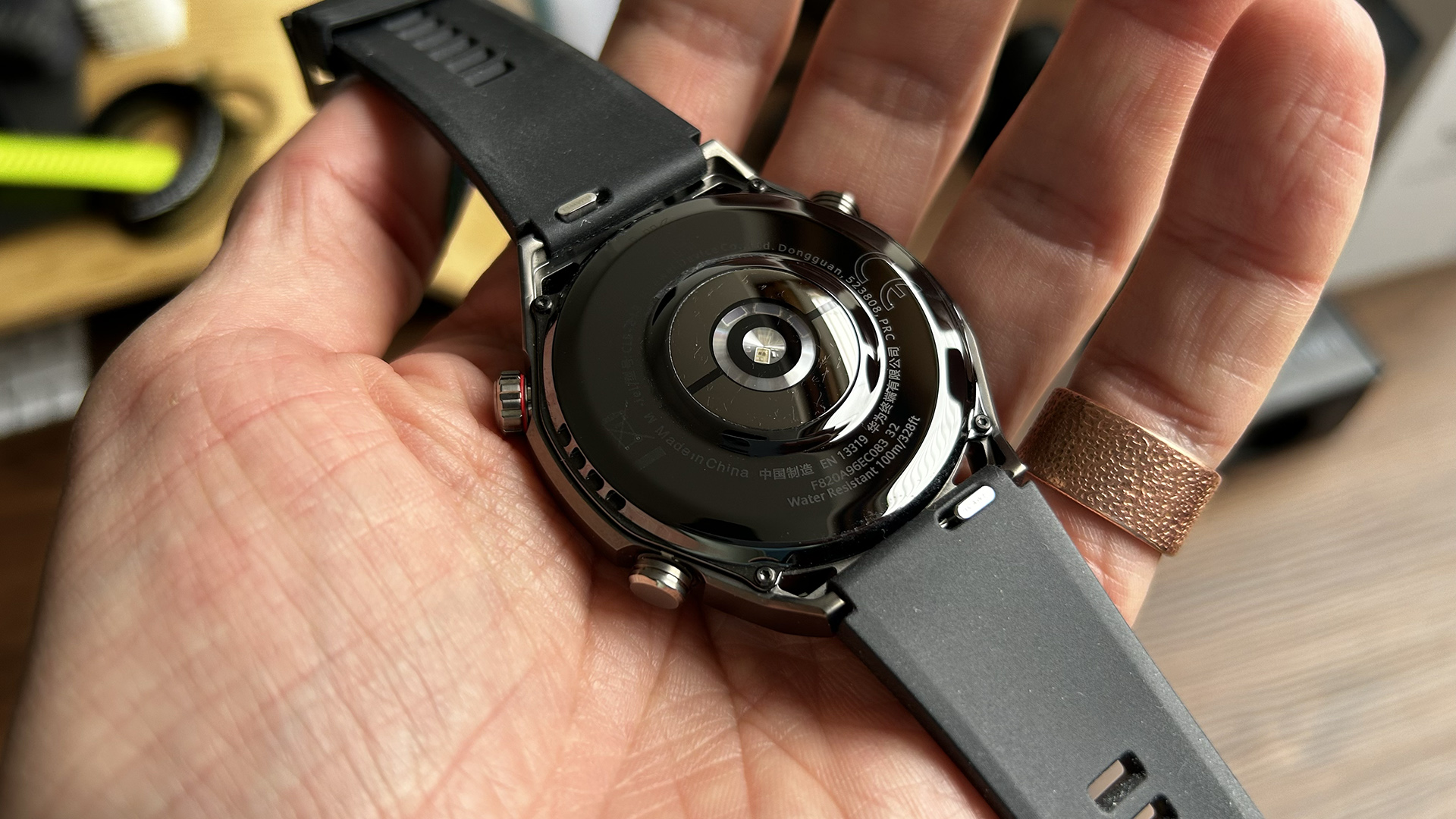 Quietly, this Chinese brand built one of the most comprehensive health wearable systems in the world
Quietly, this Chinese brand built one of the most comprehensive health wearable systems in the worldWith the launch of the Distributed Super-Sensing Module, Huawei returns to the top of the wearable market in top form
By Matt Kollat